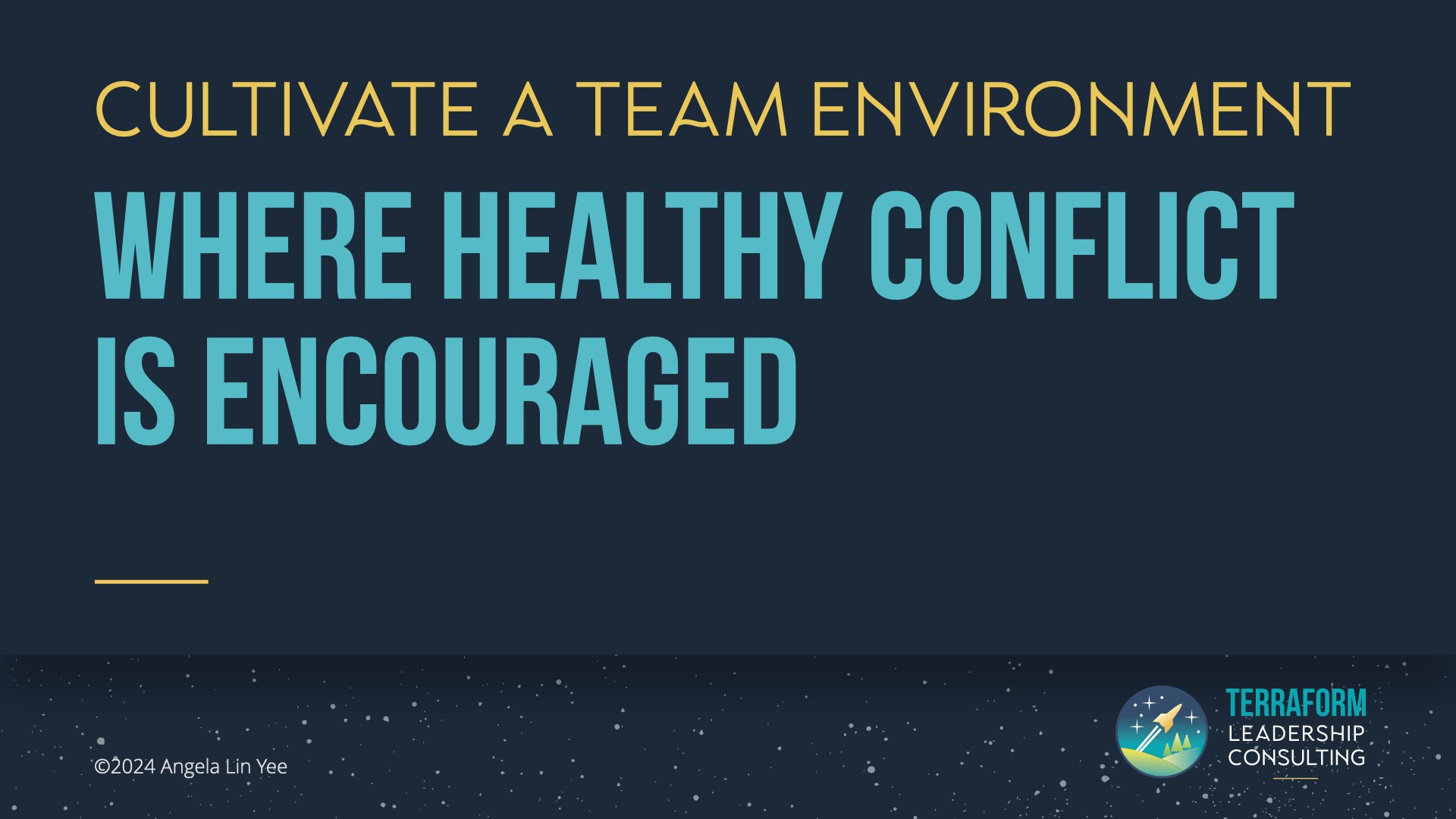The Misleading Calm: Why Surface-Level Peace Could Be Undermining Your Success
How can you tell a team is healthy?
When it comes to gauging the health of a team, one key factor stands out: how well the team handles conflict. While there are many signs of a thriving team, this one is particularly evident, especially when things go off track!
Let's take a look at why this is so important and uncover the hidden dynamics that can make or break your team's success.
The deceptiveness of calm
Conflict is inevitable in any team, but how it's handled can reveal a lot about the team's overall health.
Sometimes, a team may appear as calm as clear waters, but beneath the surface, unspoken tensions can be simmering.
This is false harmony and can lead to passive-aggressive behaviors and secret side meetings where grievances are aired at the “meeting after the meeting.”
These hidden conflicts prevent true progress and can severely hinder team performance.
What Healthy Teams Do
Healthy teams don’t avoid conflict. They manage it constructively. That means knowing how to approach conflict in light of different perspectives.
Conflict styles vary widely and are impacted by cultures and characters (personalities). Some people are direct and confrontational, while others prefer subtlety and indirect approaches.
The context also matters—when and where conflicts arise can change the dynamic dramatically.
The goal isn't to focus on the "right" way to handle conflict but to develop an awareness of how it surfaces in your team and whether it's effectively addressed.
(See the video above for examples of three types of team conflict styles!)
Reflection
What’s the next step you need to take to encourage healthy conflict?
The path to a healthier team begins with you, the leader, being willing to listen and take action.
At your next team meeting, encourage open feedback and follow up on the concerns raised.
This simple yet powerful shift can transform your team's dynamic, ensuring that conflicts are addressed constructively and early, paving the way for a thriving, high-performing team.



